Shifting Perspective: How Yamaha E-CVT will change our view on motorcycling

In case you’ve been living under a rock, you probably know that Yamaha Motor Philippines has already made available its ground-breaking tech, the Yamaha E-CVT (YECVT), in the newly-launched Aerox SP. For us motorcycle nuts, this is a cause for a big celebration and we should all go dance naked in the streets. Still, I’m curious why this isn’t the case and instead of dancing, what we see are protests against flood control projects.
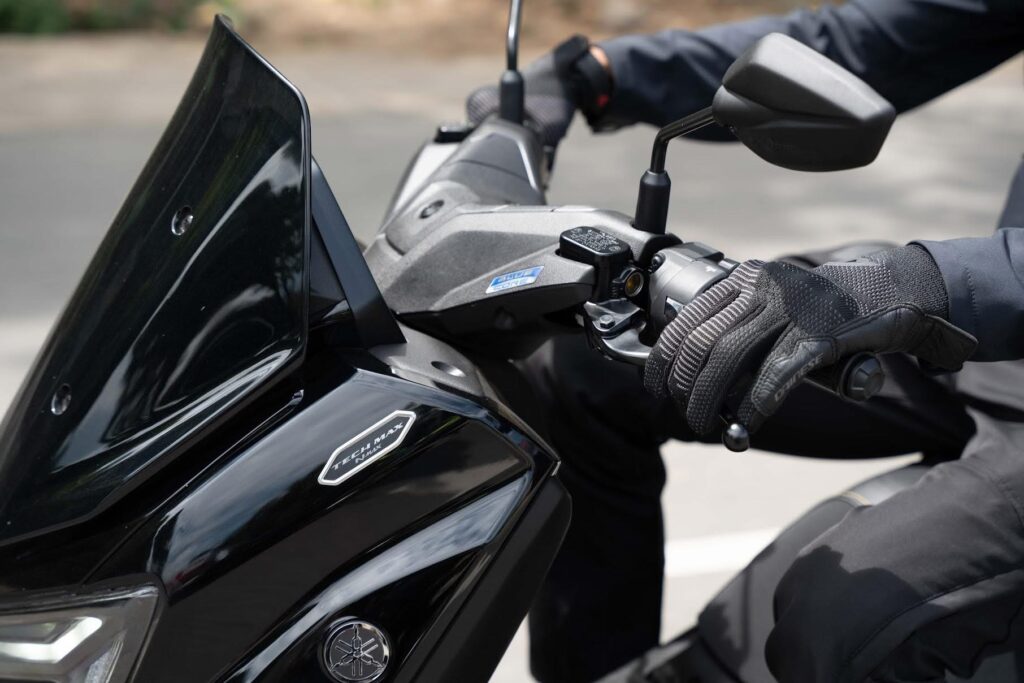
Perhaps the issue lies with some of us so-called moto-journos because admittedly, not all exhibit the same enthusiasm (or insight) in sharing relevant information on the subject. I suppose there those who are into motorcycles simply because of the job, and there are still (albeit few) who are in this profession because they are simply into motorcycles.
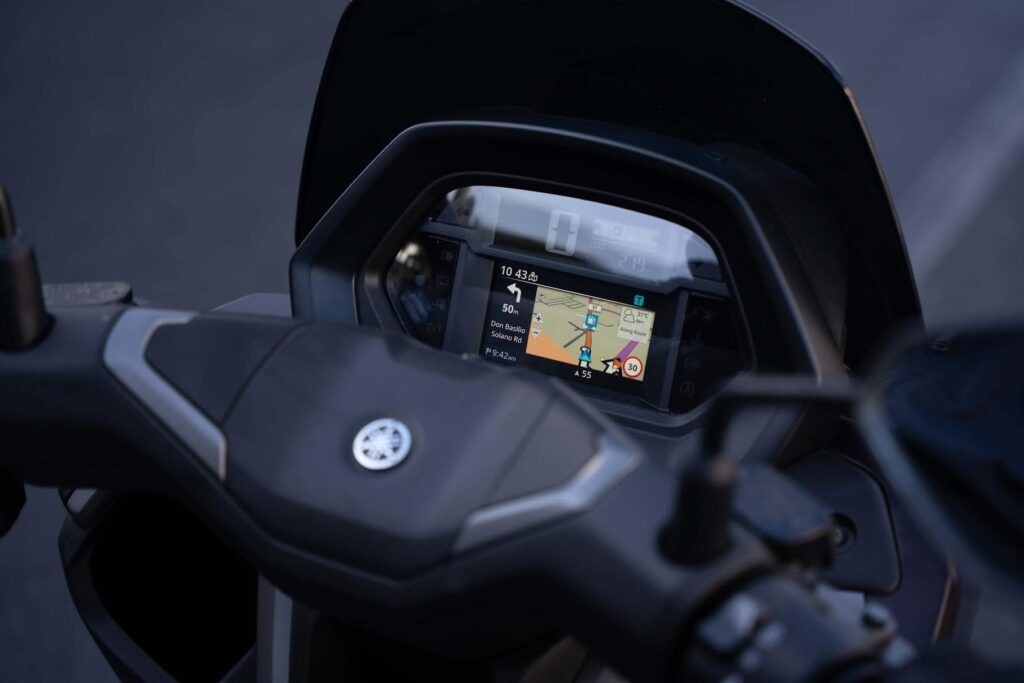
Since you are getting the latter’s take on the YECVT, you better grab your favorite beverage and sit back as this will be a long read, by today’s standard, at least.
Ride like a hooligan and live to tell the tale
Ask any motorcyclist who prefer a manual transmission and they would attest that having to manually work the gears gives them more control over their machine. As peak engine output is churned out at certain RPM ranges, depending on the bike model, you have to keep your engine revving within that sweet spot to have maximum grunt on tap at a moment’s notice. It’s why you have to shift down a gear or two to enable you to pass the vehicle in front or to ascent a steep mountain road.
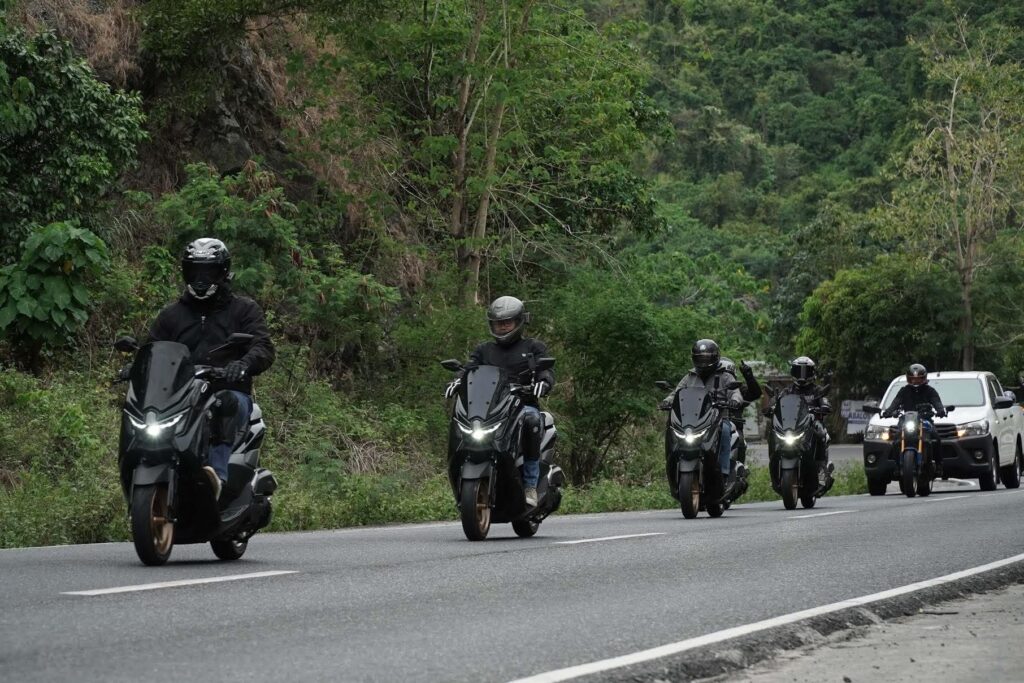
It’s like an athlete assuming a semi-crouch position, ready to instantly spring into action as the need arises. Also, riders often have to do evasive maneuvers to avoid road hazard and a decisive throttle response could help keep the rider from becoming part of the statistic. Some would even go as far as claiming that a manual gear box would be the safer option for spirited riding because you have engine braking at your disposal.
This is hard to argue, actually.
When you shift to lower gear to activate the engine brake, it lessens the load on your actual brake system and it minimizes the chance of brake failure when on a steep descent or when taking tight corners. You see, keeping your brakes engaged for extended periods, say on a long downhill road, will cause it to overheat and potentially fail.
Simply put, twist and go
The manual transmission bike’s kryptonite, however, is the mundane urban road condition. Even the most fanatic of motorcyclists would find working a manual gear box in city traffic to be tedious. Hence, the popularity of CVT-equipped motorcycles among city-dwellers. Continuously Variable Transmission or CVT, negates the need for gear-shifting as it seamlessly varies the gear ratio by using a pair of cone-shaped, variable-diameter pulleys and a drive belt in transmitting power from the engine to the rear wheel.
This simple system relies on roller weights, some springs and centrifugal force to constantly shift the groove on which the belt runs on to allow smooth and efficient operation. Motorcycles with CVTs are also more newbie-friendly as it takes a short learning curve requires little effort to ride properly.

The trade off is you get a relatively less engaging riding experience, especially for city boys and gals who would like to occasionally ride to the countryside. Needless to say, you better not be making a habit of passing vehicles on the open road unless it’s running painfully slow. Forget about engine braking and get used to the rather scary feeling of free-wheeling downhill on your scooter because the CVT clutch is designed to disengage at idling RPM.
Having your cake and eating it too
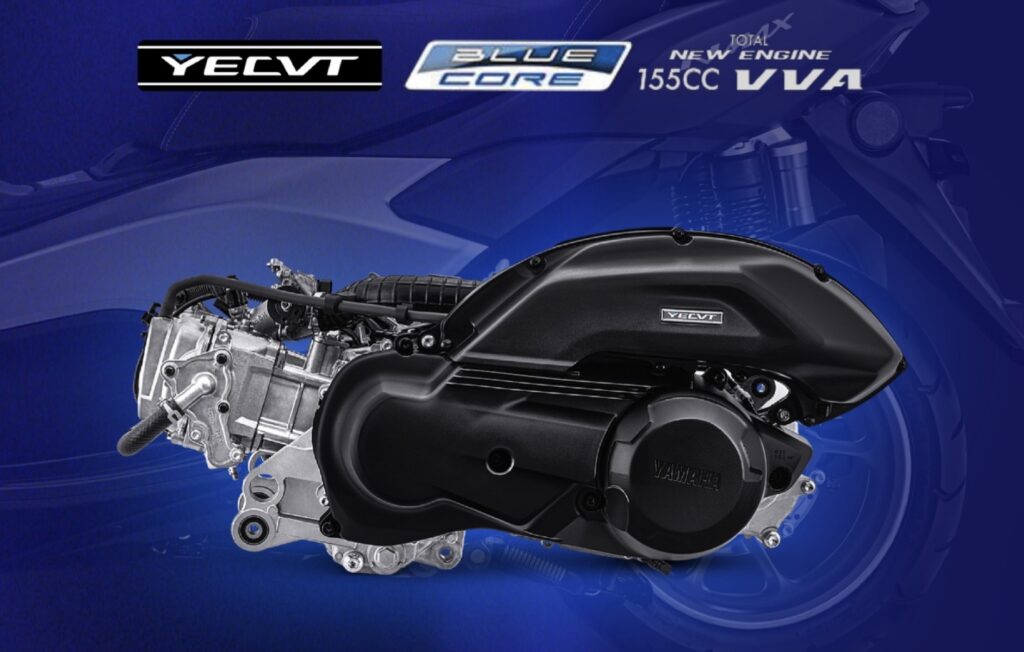
The YECVT on both the Aerox SP and the NMAX Tech MAX enables the rider to have full control on different road conditions, while still enjoy the twist-and-go convenience of a CVT. This is so because the YECVT no longer relies on centrifugal force but on rider input. With the YECVT, it is possible to electronically override the laws of physics and “shift” your transmission to low gear ratios for maximum propulsion in every situation.
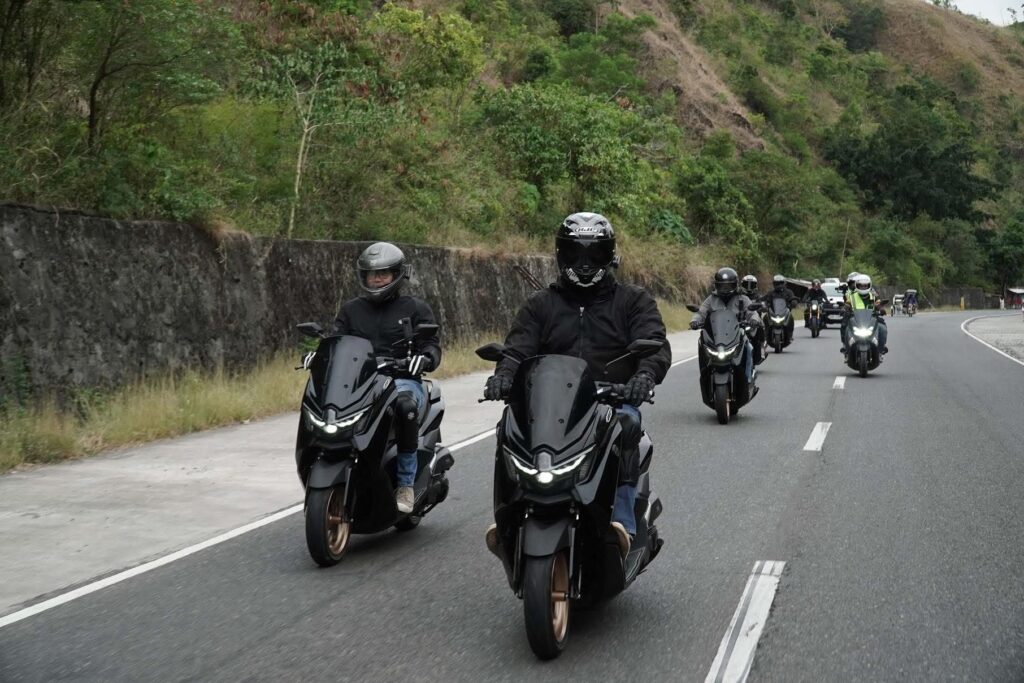
From cruising speed, you can shift through the three lower gear options by thumbing the button on your left grip. Just be mindful of the horn. The sensation is comparable to riding at 4th gear on a manual transmission, only you don’t have to bother with a clutch lever and toe shifter. This feature was heaven sent when I was riding the NMAX Tech Max on Benguet mountain roads earlier this year. Shifting down a gear or two inspired confidence when passing long vehicles on upward slope. What’s equally impressive is that it stays in low gear ratio until you whack open the throttle and pick up speed. Because of this, it is also possible shift down and effectively engage engine brake as you enter into a corner.
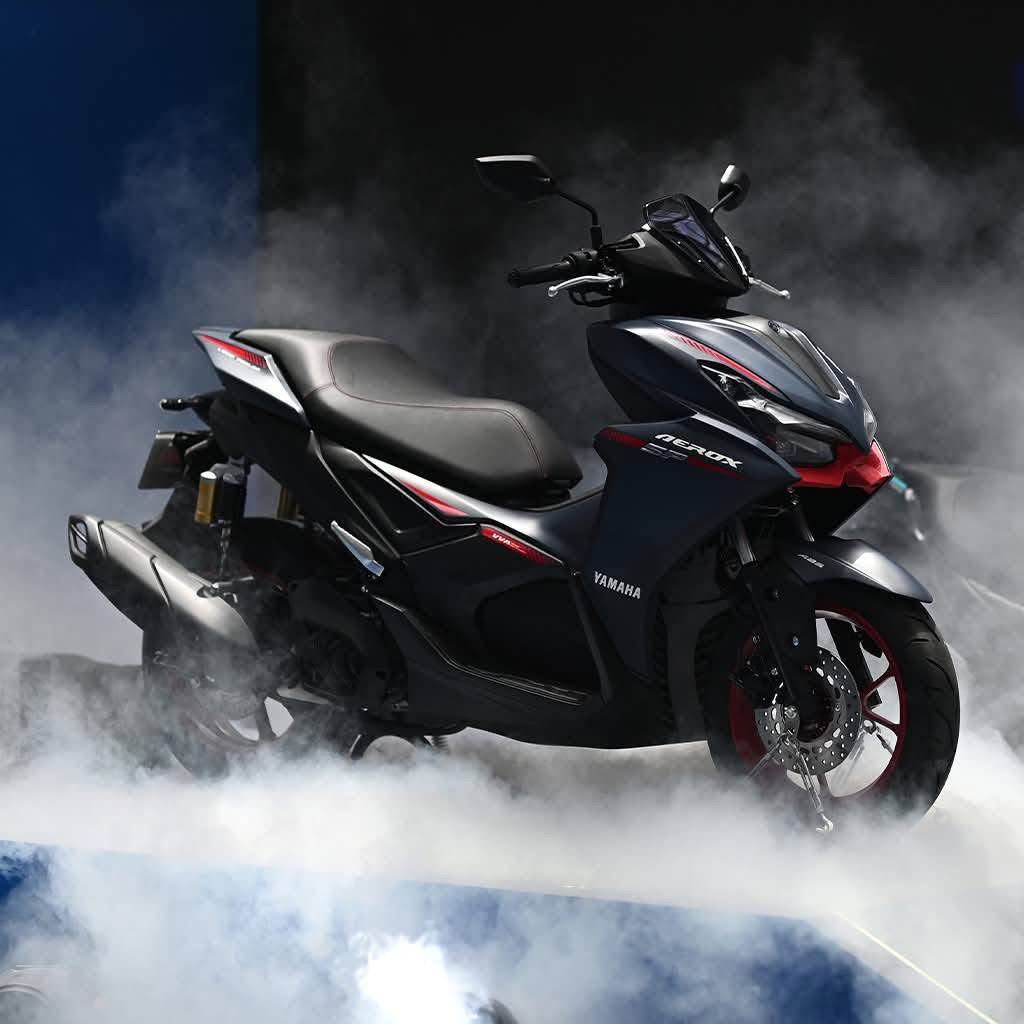
In fact, I relied entirely on engine brake when I got a chance to ride the Aerox SP at Clark International Speedway a couple of months ago. Downshifting at corners inside the track and hearing the engine sing in different notes made me feel like I was riding an actual sportbike. Speaking of which, the YECVT also allows you to ride in two distinct riding modes: Touring and Sport. I have to say, it’s not one of those “mema lang” features and each mode vary significantly in throttle response. Touring is for a more relaxed pace while Sport is for when you’ve just had an Indian buffet and you’re still five minutes away from home.
Verdict
Sure, some would prefer to have a multiple-bike garage and have one CVT scooter for weekdays and another manual transmission bike for weekends. Yet, why would you choose to suffer the hassle of annual renewal of registration more than once?
Quite literally, Yamaha’s E-CVT turns a motorcycle into a hybrid of sorts, an automatic motorcycle with limited manual transmission capabilities. It’s like getting a two-for-one deal.



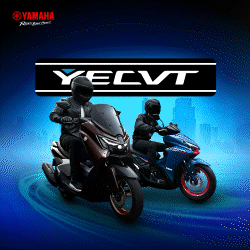




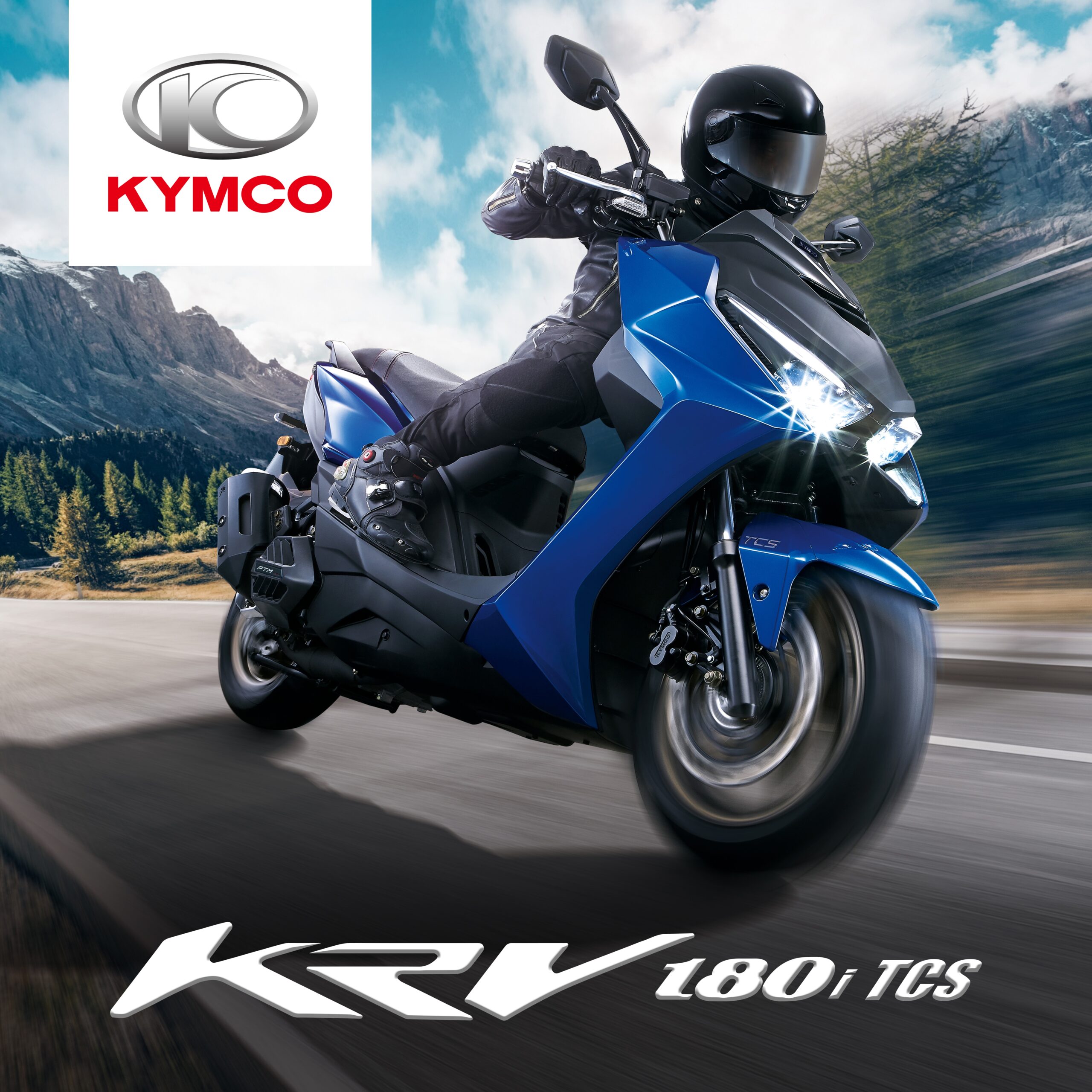















0 comments